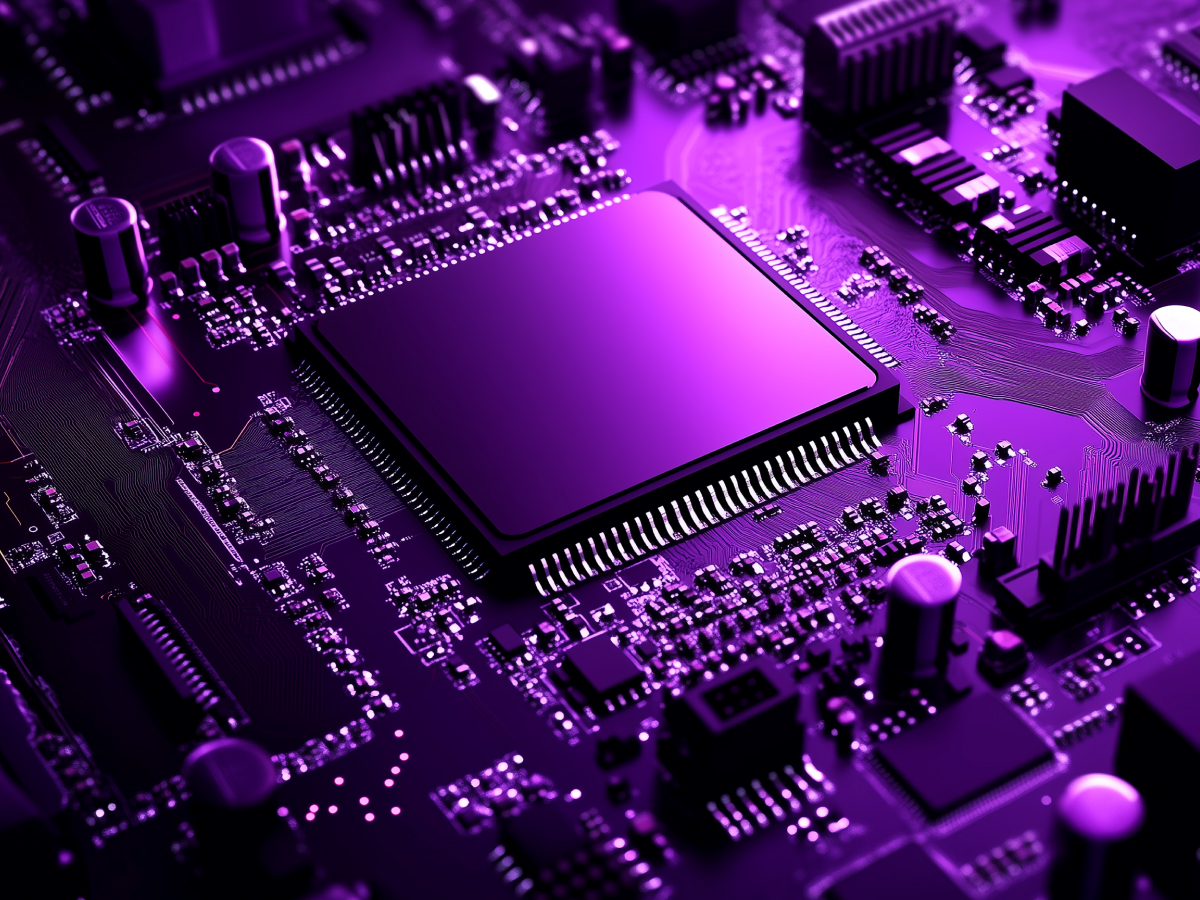Concerns over high return rates of Arm PCs
Intel’s interim CEO, Michelle Johnston Holthaus is claiming that retailers are grappling with high return rates for Arm-based PCs. Her core argument? Devices powered by Qualcomm’s Snapdragon processors often fail to deliver expected functionalities during initial setup. The supposed outcome is dissatisfied customers returning these devices in large numbers.
Holthaus described how users experience compatibility challenges when basic applications or functionalities, often taken for granted, don’t work as expected. However, the claim lacks substantiation. Neither Intel nor major players like Qualcomm, Microsoft, Dell, HP, or Lenovo provided commentary when approached for clarification. This leaves the accusation hanging in the air without hard data to validate its severity.
While the statement might seem like a tactical move to undermine competitors, it also covers a real industry pain point: compatibility in the Arm ecosystem. This narrative, intentionally or not, paints Intel’s x86 architecture as a safer choice, especially for enterprises seeking reliability over experimentation.
Analysts downplay the impact of return rates on enterprise buyers
The supposed “high return rates” for Arm-based PCs are largely irrelevant to enterprise buyers. Analysts have been clear about this distinction. Retail consumers may run into trouble with emulation layers, unsupported applications, or unfulfilled expectations for gaming and casual use. But enterprise IT teams are playing an entirely different game.
Jeremy Roberts, Senior Research Director at Info-Tech Research Group, points out that corporate buyers do their homework. Before investing in Arm-powered systems, they rigorously evaluate compatibility with existing applications, tools, and workflows. This due diligence reduces the risk of post-purchase surprises. Simply put, these buyers aren’t the ones returning machines, they’re the ones asking the right questions upfront.
For enterprises, the high return rate narrative might as well be a marketing gimmick. Informed decision-makers prioritize value, like battery life and operation within an IT ecosystem, over hype or scare tactics.
Compatibility and maturity challenges impede Arm PC adoption
Every new technology faces growing pains, and Arm-based PCs are no exception. Microsoft’s Copilot+ feature, touted as a key selling point, has faced challenges with its recall and inconsistent performance across chip vendors. For businesses, such inconsistencies introduce hesitation. Early adopters have also found themselves relying on emulation layers like Microsoft Prism to run x86 applications, a process that doesn’t always deliver flawless results.
Yet, the story doesn’t end here as improvements are steadily being made. Regular updates to the software and operating systems are smoothing out compatibility wrinkles, making the platform increasingly viable for enterprise use.
One undeniable draw is battery life. Arm-based PCs offer extended operating times without compromising performance, a huge advantage for on-the-go professionals. Enterprises recognize this potential and are willing to experiment, seeing these devices as a stepping stone toward the future of computing. As adoption grows and compatibility strengthens, Arm’s position in the market will likely solidify.
AI capabilities to drive enterprise PC purchasing trends in 2025
Artificial intelligence (AI) integration will change how enterprises select their PCs. Organizations are preparing to replace aging systems, with a clear preference for devices equipped with AI-powered features. Microsoft’s Copilot+ PCs, while facing early challenges, represent a bold step forward in this direction.
OEMs are also aligning their priorities with this trend. Processors like Intel’s Lunar Lake, designed with advanced AI functionalities, are generating more buzz than their predecessors, such as Arrow Lake. For enterprises, AI means future-proofing systems to handle the demands of tomorrow.
As we approach 2025, the winning PC platforms will be those that integrate AI into everyday workflows, making tasks like data analysis, predictive modeling, and even routine operations smarter and faster.
Enterprise IT decision-making minimizes impact of retail return rates
Unlike casual consumers, enterprises don’t pick up devices off the shelf. Instead, they conduct detailed evaluations, confirming compatibility with their existing infrastructure and management tools before making a purchase.
Enterprise decision-makers prioritize rigorous planning and compatibility testing. It’s a proactive approach that minimizes risks and makes sure devices meet organizational requirements. Retail channel challenges, like unsupported applications or emulation issues, rarely factor into these decisions.
The focus remains on reliability, longevity, and integration with broader IT strategies.





